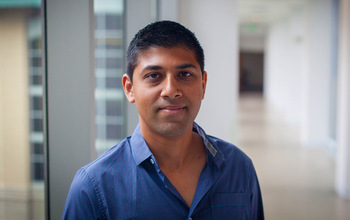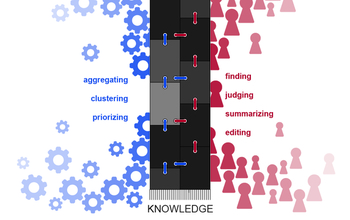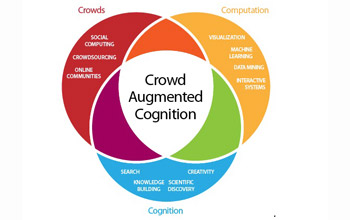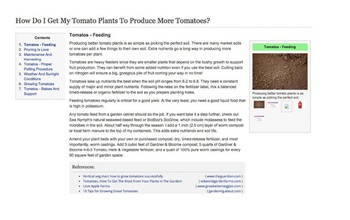All Images
News Release 16-056
Crowd-augmented cognition
NSF early career awardee develops tools that combine human and machine intelligence to accelerate learning
This material is available primarily for archival purposes. Telephone numbers or other contact information may be out of date; please see current contact information at media contacts.

Crowdsourcing enlists the services of many people, either paid or unpaid, typically via the Internet, to accomplish a task that might be difficult or not cost-effective with full-time or geographically limited staff.
Credit: Testbirds GmbH (Own work) [CC BY-SA 4.0] via Wikimedia Commons
Download the high-resolution JPG version of the image. (1005.8 KB)
Use your mouse to right-click (Mac users may need to Ctrl-click) the link above and choose the option that will save the file or target to your computer.

Aniket Kittur is an associate Pprofessor and holds the Cooper-Siegel Chair in the Human-Computer Interaction Institute at Carnegie Mellon University. His research on crowd-augmented cognition looks at how we can augment the human intellect using crowds and computation.
Credit: Carnegie Mellon University
Download the high-resolution JPG version of the image. (480.6 KB)
Use your mouse to right-click (Mac users may need to Ctrl-click) the link above and choose the option that will save the file or target to your computer.

The Knowledge Accelerator uses a machine-learning program to sort and organize information.
Credit: Carnegie Mellon University
Download the high-resolution JPG version of the image. (866.1 KB)
Use your mouse to right-click (Mac users may need to Ctrl-click) the link above and choose the option that will save the file or target to your computer.

Kittur's research focuses on augmenting human cognition using crowds and computation. They study and build social computing systems that combine the flexibility of many human minds working together with the raw power of computational systems to accelerate learning, innovation, knowledge production and scientific discovery.
Credit: Aniket Kittur, Carnegie Mellon University
Download the high-resolution JPG version of the image. (57.0 KB)
Use your mouse to right-click (Mac users may need to Ctrl-click) the link above and choose the option that will save the file or target to your computer.

Crowdsourcing offers a powerful new paradigm for online work. The Knowledge Accelerator takes as input an arbitrary question (e.g., "how do I grow better tomatoes?") and uses human judgments and computation to output a synthesized digest which finds and vets relevant online sources, extracts relevant information segments, clusters them into appropriate topics, synthesizes knowledge within each topic, and maintains context within and between topics. Here, the final output of the Knowledge Accelerator system.
Credit: Aniket Kittur, Carnegie Mellon University
Download the high-resolution JPG version of the image. (234.6 KB)
Use your mouse to right-click (Mac users may need to Ctrl-click) the link above and choose the option that will save the file or target to your computer.

A conceptual overview of the Alloy system. In the first phase, crowd workers identify seed clips to train a machine learning model, which is used to classify the "head" of the distribution. In the second phase, crowd workers classify the more difficult items in the "tail." A machine learning backbone provides a consistent way to connect worker judgments in different phases.
Credit: Aniket Kittur, Carnegie Mellon University
Download the high-resolution JPG version of the image. (246.1 KB)
Use your mouse to right-click (Mac users may need to Ctrl-click) the link above and choose the option that will save the file or target to your computer.


